Health and fitness: seven things to know about getting in shape now
Walk four times a week; do squats in the morning. How to up your exercise game

Many of us want to up our fitness game.
“But if you start increasing the amount you are doing too steeply, you are asking for problems in the way of injury, muscle soreness and fatigue,” says the chartered sports physiotherapist Paul Hobrough.
So if you want a fitness reset, here’s what the experts recommend.
Start gently if you’ve let exercise slide
If you’ve spent the past few months doing not much at all, start gradually, says the celebrity trainer Dalton Wong, founder of TwentyTwo Training. Begin by increasing your daily steps by about 1000-2000 per day over a couple of weeks, working towards being able to walk for 60 minutes three or four times a week at a decent pace (one that allows you to talk but also makes you puff) after four weeks.
“Walking is an excellent way to build your cardiovascular fitness and general mobility, and if you add hills to your route you will get stronger very quickly,” Wong says.
From there, add 30 weekly minutes of at least one other activity – yoga, Pilates, or a weights circuit – over the next few weeks, and start adding five or six short, fast-paced bursts to your daily walks.
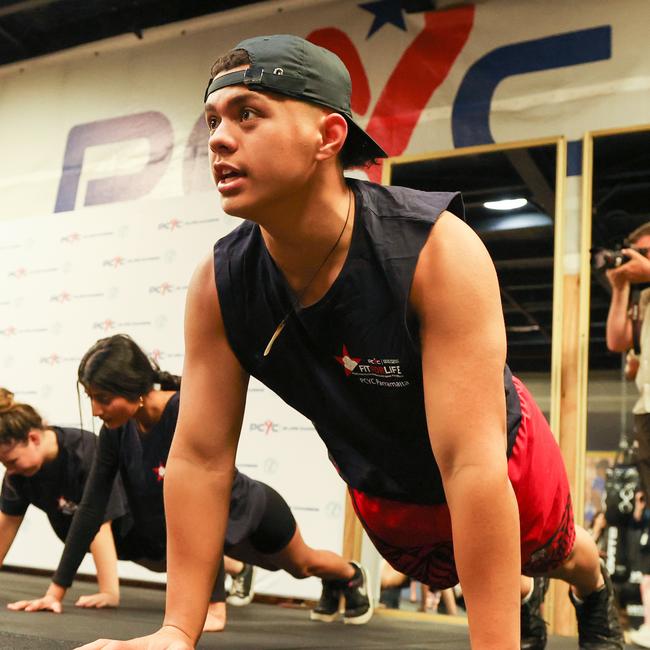
Want to get fitter quicker? Follow the ‘10 per cent rule’ and do a little more each week
Even if you have been exercising a few times a week, if you want to pick up your pace, you need to do it carefully. A golden rule, Hobrough says, is to take into account the intensity, duration and distance of a workout you have been doing indoors and increase no more than one of those elements by just 10 per cent each week for each workout.
So if you have been walking for 20 minutes on a treadmill at a pace of 5km/h, say increase the duration by two minutes, or pick up the pace by 10 per cent to cover the same distance in 18 minutes. Similarly, if you do a 30-minute high-intensity interval training circuit, try adding one extra three-minute round.

Do a few squats or lunges in the morning
If you are switching from a morning to an evening workout now that the days are getting lighter and longer, you might want to consider priming your muscles for movement later on in the day. The practice of doing a few brief and non-tiring resistance exercises such as lunges, deadlifts or weighted squats in the morning – called exercise priming – before a late afternoon or evening workout has been shown to boost exercise performance later on.
It is a strategy used by elite athletes that can have benefits for the rest of us. Exercise scientists at Abertay University reported in the European Journal of Physiology that a priming session helped people with type 2 diabetes to get more out of a cycling workout later on the same day. “By activating and preparing your muscles a few hours in advance you get more out of exercise that follows,” says Wong, who recommends eight to 10 weighted squats or lunges first thing. “At the very worst you have packed a few extra resistance exercises into your day.”
Don’t ditch the treadmill for outdoor running – do both to protect your muscles
If you have been running or walking indoors over the winter, don’t just switch to an outdoor routine. The key is to ease yourself off the treadmill incrementally over a matter of weeks. How you run can be different indoors and out, with some research showing that runners shorten their stride length on a moving belt. Outdoor running produces a more natural stride and gait but also engages more muscles, as you are not always running in one direction or incline.
“It’s almost impossible to simulate all the challenges you get outdoors on a treadmill, and just hopping off it and suddenly changing to outside can be a bit of a shock for the muscles,” Hobrough says. “I always suggest a transition phase in spring when people switch one or two weekly indoor walks or runs to outdoors, but keep doing any longer duration workouts on the treadmill for a while.”
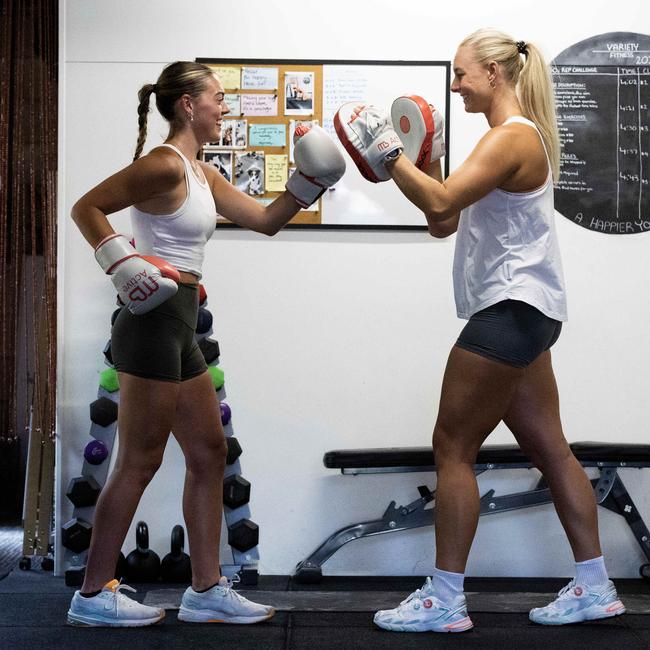
The key strength exercises you need
Whether you’re getting on your bike, going for a run or taking a good long walk, it’s a good idea to do some conditioning work to prepare. “There is a much greater potential for lateral, sideways movement than you get indoors as you encounter drop curbs, uneven terrain, changes in surface and inclines when you are walking, cycling or running,” Hobrough says. “You might be challenging muscles in the lower legs, hips and core that you might not have been using for a while, so it pays to do some strength and conditioning exercises.”
Over the next couple of weeks he suggests adopting a simple strength exercise three to four times a week to strengthen the hip adductor muscles of the inner thigh. “The function of these muscles is to keep the body balanced and stable,” he says. “You can work them by lying down on your back, knees bent, and squeezing a cushion between your knees for 20 seconds, then releasing, and repeating 10 times.”
In addition, try the clam exercise for the hip abductors on the outer thigh. Lie on your right side, knees bent and soles of feet in line with the spine. Support your head with the right hand. Slowly lift the left knee in an arc away from the right knee, keeping feet together. Hold for three seconds and slowly lower back down. Repeat 15 times on each side for one set. Perform three sets.
Single-leg squats are also great for improving leg strength and balance.

Don’t head straight for the park – your pace is quicker on the street
Try walking on the street rather than in the park – you’ll walk quicker, according to research. And that’s better for your fitness. Faster walking speeds make for a tougher workout, which over time will enhance health and longevity.
A 2022 University of Leicester study of 4000 adults showed that a brisk walking pace of at least 100 steps a minute can slow biological ageing over time. But simply changing where you walk can help you to move more quickly. Yes, walking in green parks and woodland is better for your mood and stress levels, but an urban hike can result in faster walking speeds without realising you are trying harder. That was the conclusion of a research team reporting in Land journal two years ago, who looked at environmental influences on pace in a group of 105 adults. Overall, their walking speed was fastest in areas with traffic but no greenery, and slowest in sections with a high amount of trees, woodland and grass.
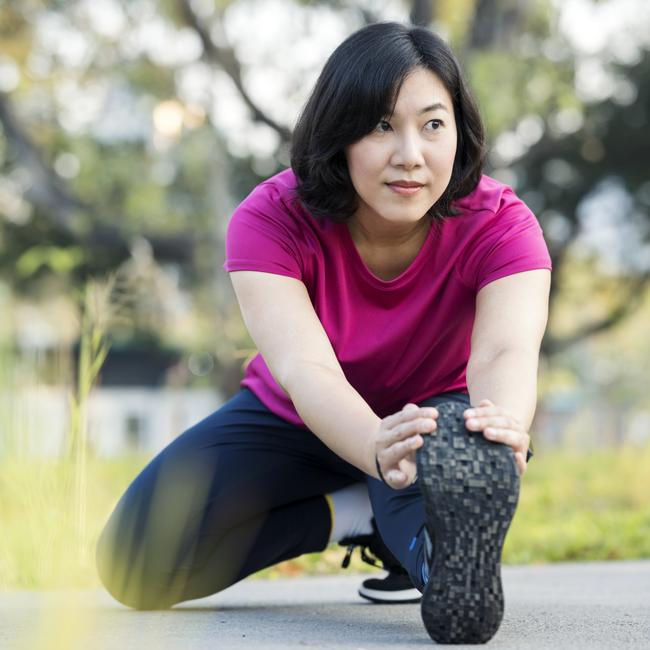
Never neglect your 10-minute warm-up
“Too many clients hobble in with injuries having neglected a good warm-up,” Hobrough says. Research shows that some gentle marching, jogging or cycling followed by dynamic, workout-specific exercises – think sidestepping, high knees and leg swings – to raise heart rate and increase muscle length can reduce injury risk, sometimes by as much as 30 per cent. “The effect of a dynamic warm-up is to gently stress soft tissues so that muscles and tendons move more easily when you start to work hard,” Hobrough says. “It needn’t take longer than 10 minutes but could save you being sidelined with an injury.”
The Times

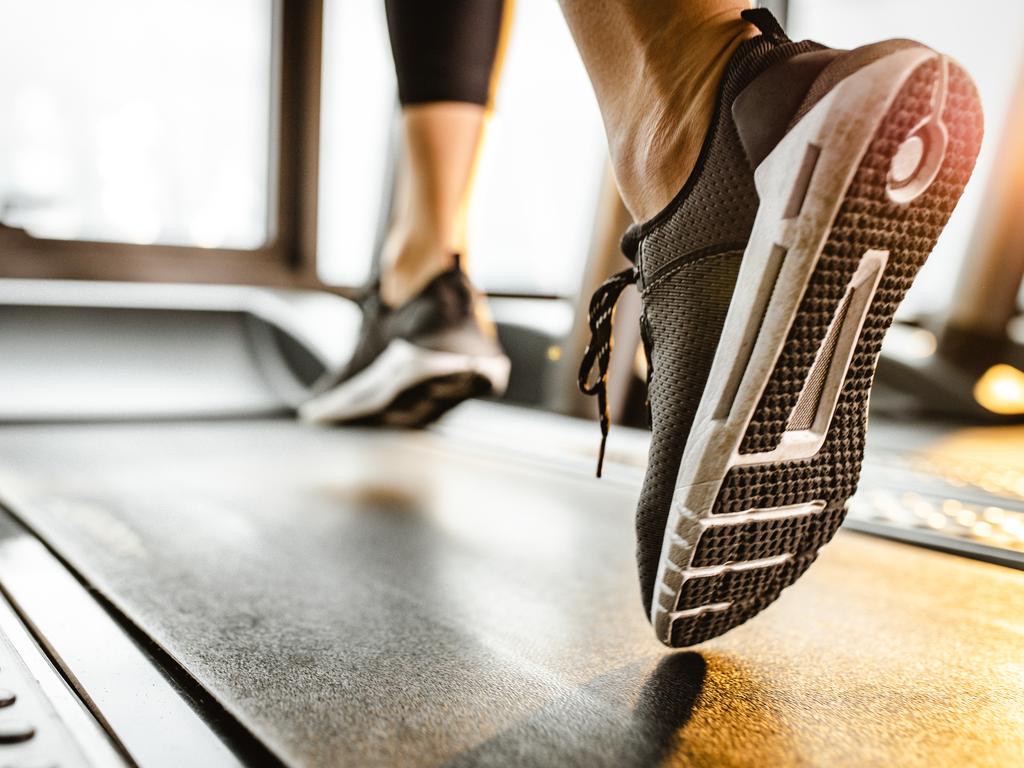
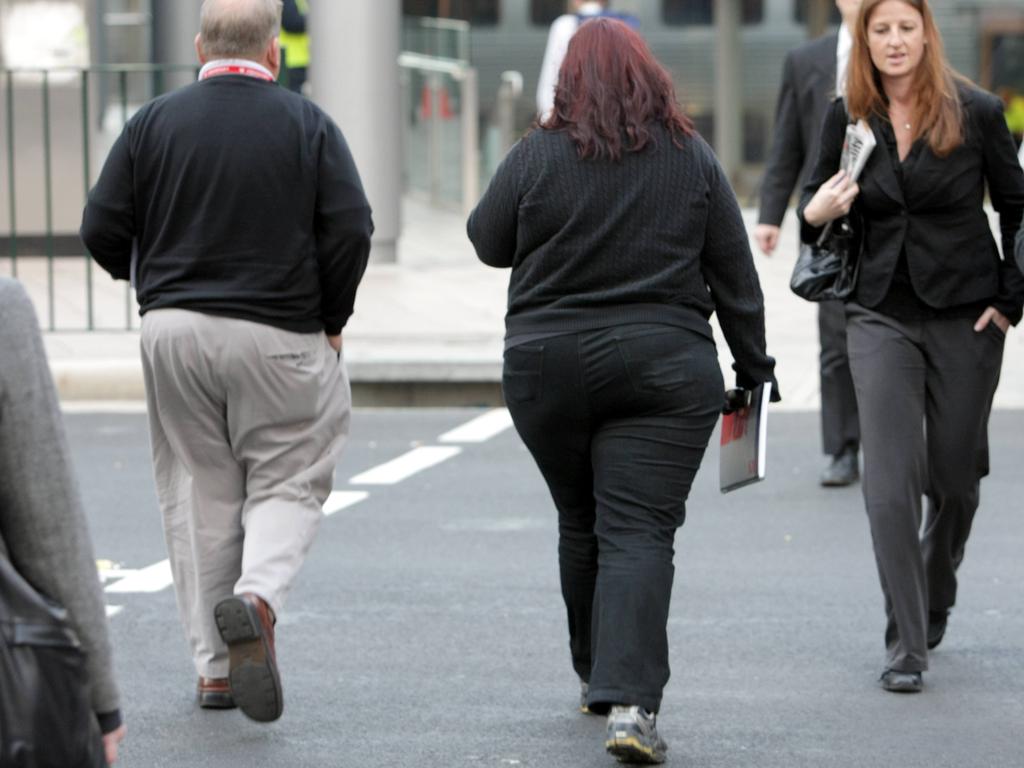
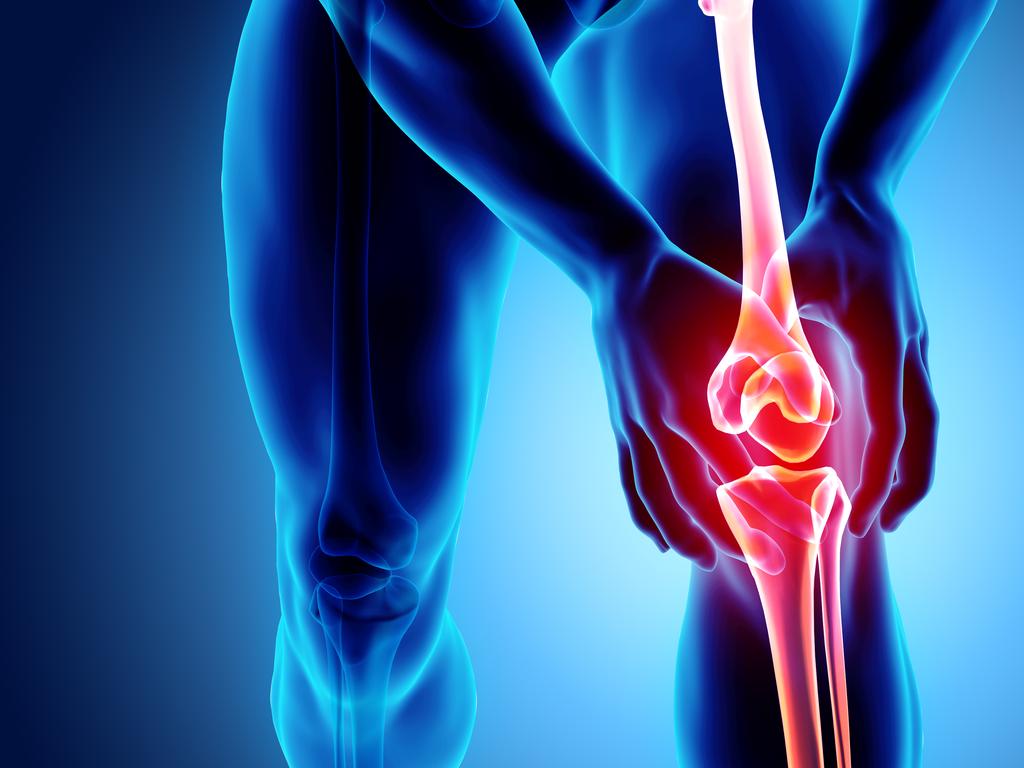



To join the conversation, please log in. Don't have an account? Register
Join the conversation, you are commenting as Logout